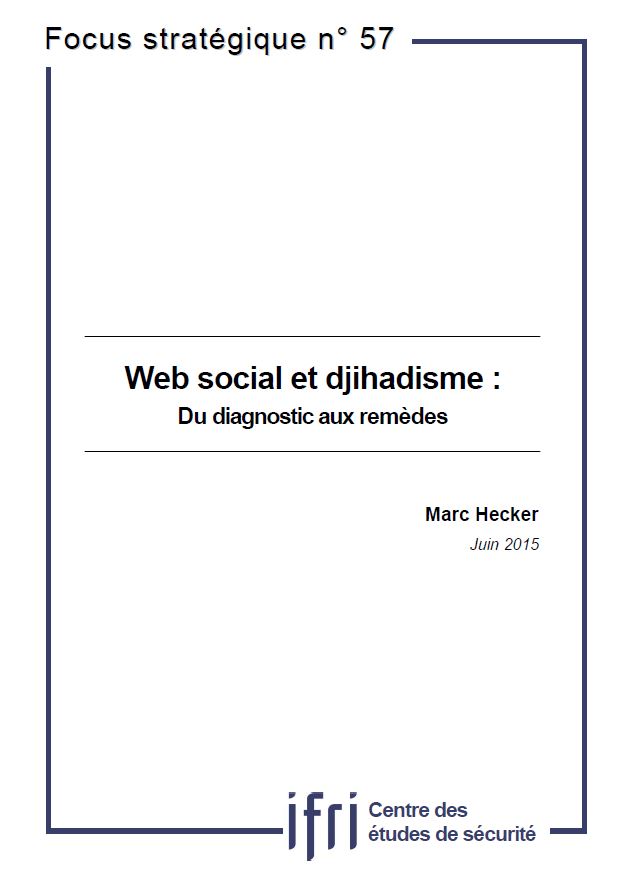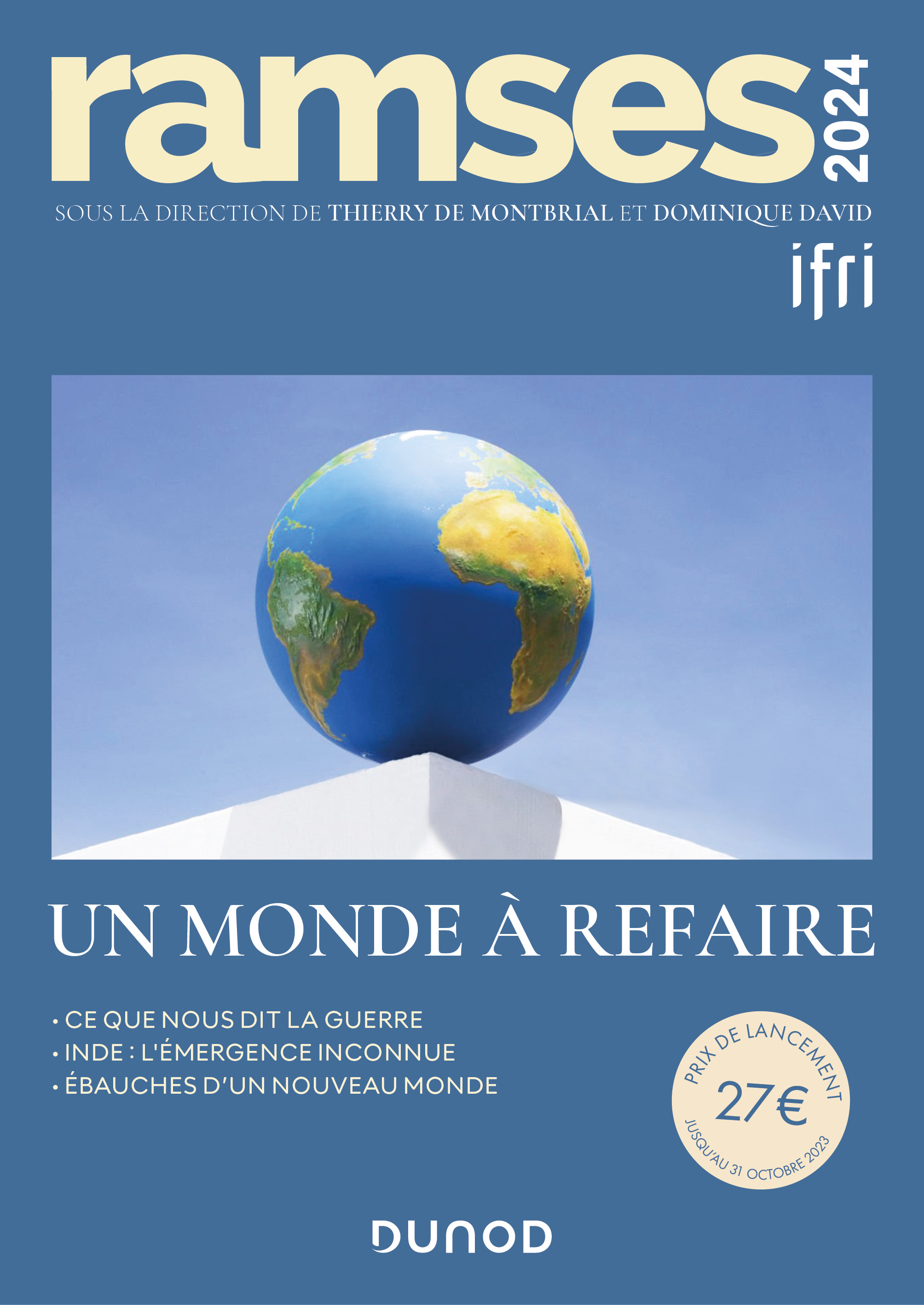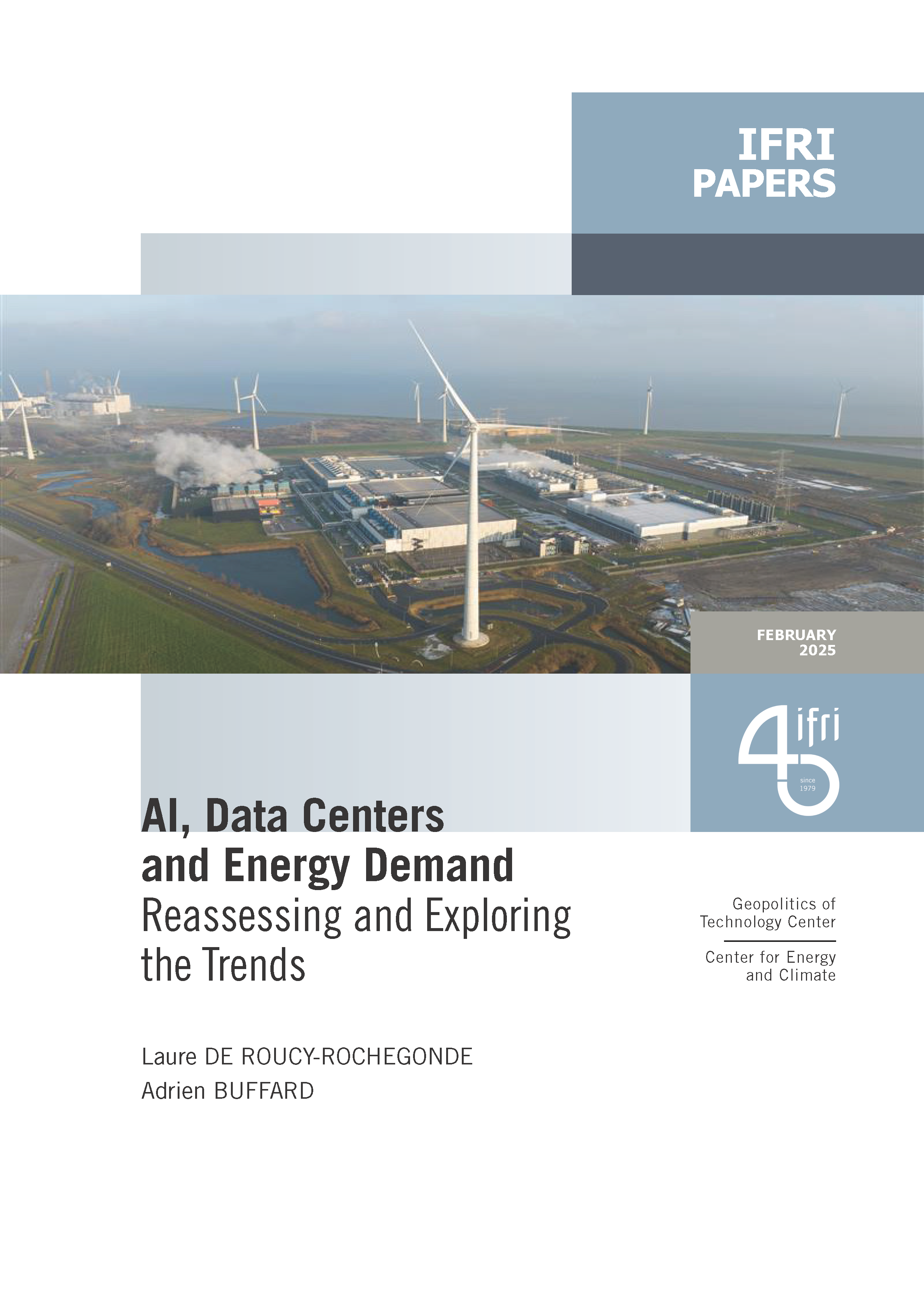Web social et djihadisme : du diagnostic aux remèdes

From Al Qaeda to Islamic state, the international jihadist movement understands how to adapt to the web’s evolution, which it is using as an operating platform.
It uses the Internet not only to drive its propaganda but also to disseminate strategic orientations and tactical guidance, to recruit, and to raise funds. Formerly very active on dedicated forums, jihadist groups migrated a few years ago to social networks. States facing these groups reacted slowly and disorderly. Nowadays, the fight is taking two different shapes: the censorship of jihadist content on the Internet and the production of counter-propaganda.
This Focus Stratégique was published with the support of Conseil Supérieur de la Formation et de la Recherche Stratégiques.
This content is available in French: Web social et djihadisme : du diagnostic aux remèdes
Related centers and programs
Discover our other research centers and programsFind out more
Discover all our analysesThe Franco-German Brigade and the Revival of European Defense
One thing has been clear since Donald Trump's return to the White House: the very existence of the European unification project is threatened. Unless it develops a sovereign defense policy to counter the war in Ukraine and the weakening of American security guarantees, the European Union will continue to see its internal cohesion and external attractiveness wane.
Taking the Pulse: Can Europeans Build Their Independent Extended Nuclear Deterrent?
Confronted with a U.S. disengagement and the Russian threat, Europeans are reconsidering their stance on nuclear deterrence. Given the capabilities of the French and British arsenals, can Europe develop an independent nuclear deterrent?

RAMSES 2024. A World to Be Remade
For its 42nd edition, RAMSES 2024 identifies three major challenges for 2024.
A Transatlantic Defense Industrial Base? Two Contrasting Views
The evolving landscape of global defense cooperation has brought the transatlantic relationship between the United States (US) and Europe into sharp focus. As geopolitical tensions rise and the threat environment becomes more complex, the question of how Europe can best ensure its security while navigating its relationship with the United States has become paramount. This double feature report offers two contrasting views on the dynamics of US-Europe defense industrial relations, highlighting the challenges and opportunities that lie ahead for both parties.










